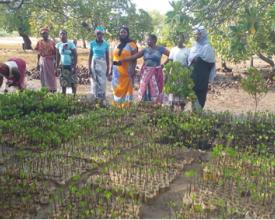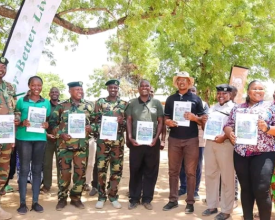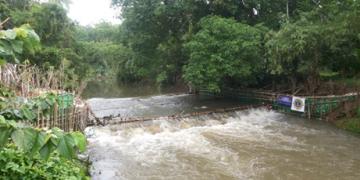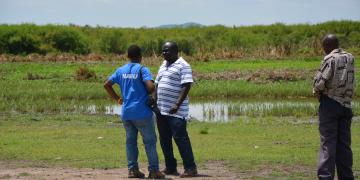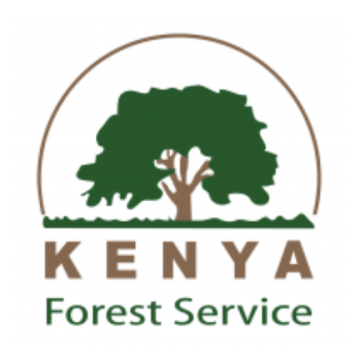
A New Dawn for Magarini’s Mangroves: Restructuring, Planning, and Partnership for a Sustainable Future
Solution instantanée
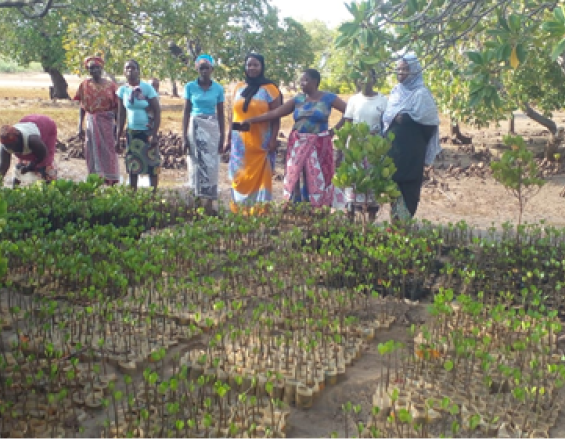
A mangrove nursery belonging to a women’s group under the Magarini Mangrove CFA
photo by Justice Baya
Magarini Mangrove Forest in Kilifi County, Kenya, is a vital ecosystem that supports biodiversity, protects coastlines, and sustains local livelihoods. However, years of overharvesting, weak governance, and climate change threatened its survival. Community engagement in conservation was low, and the Magarini Mangrove Community Forest Association (CFA) struggled with unclear leadership and limited capacity. With support from the German government through BMZ grant in a three-country consortium project-BENGO, Nature Kenya worked towards responding to capacity gaps identified.
Dernière modification 08 Jul 2025
60 Vues
Impacts
- Stronger governance: A reformed CFA now leads conservation efforts with transparency and inclusivity, and supports in oversight in forest management, mitigating illegal activities
- Restored mangroves: Over 150,000 mangroves planted across 200 hectares, improving fish habitats and reducing erosion.
- Livelihood opportunities: Women-run nurseries, beekeeping, and eco-tourism provide income for 600 families.
- Policy impact: The Forest Management Agreement strengthens Participatory Forest Management for community-led forest management in Kenya.
Global Biodiversity Framework (GBF)
GBF Target 1 – Plan and Manage all Areas To Reduce Biodiversity Loss
GBF Target 2 – Restore 30% of all Degraded Ecosystems
Sustainable Development Goals
SDG 14 – Life below water
